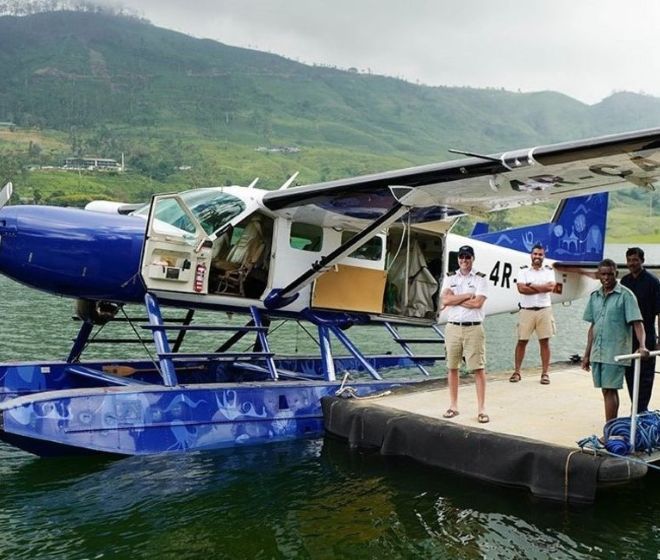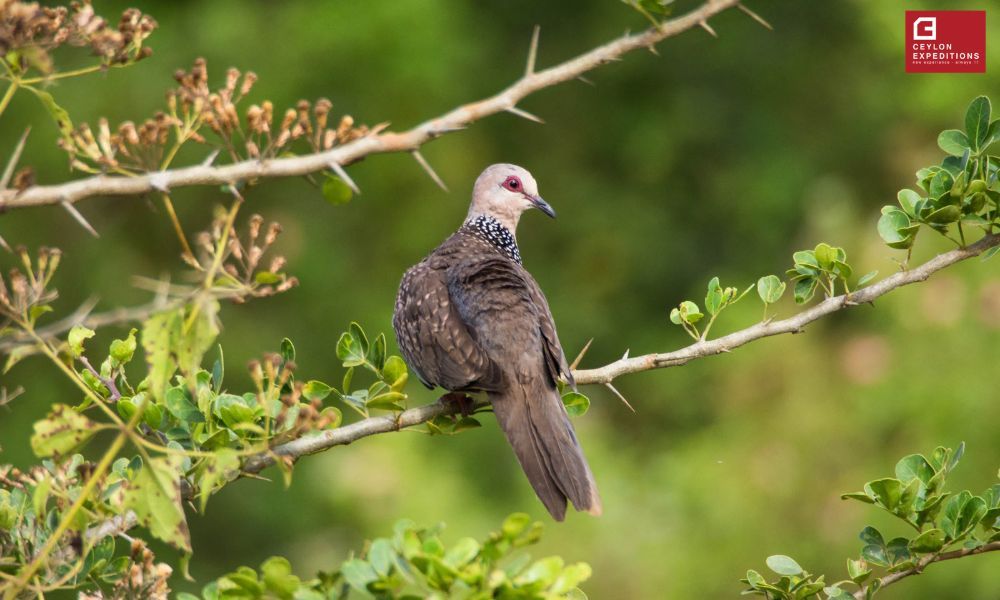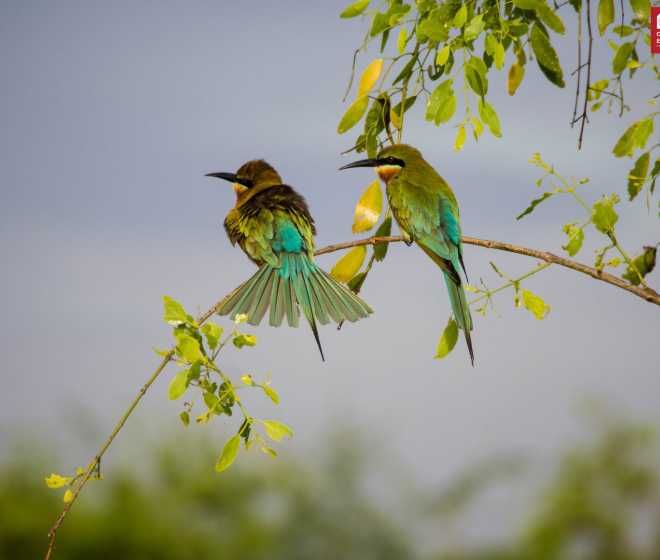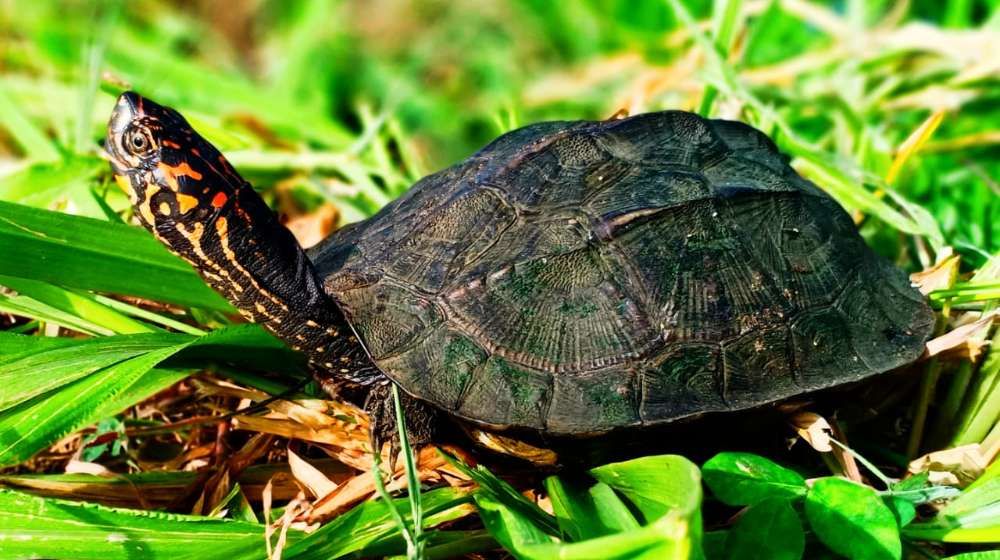
Turtles of Sri Lanka
Among the 250 species of turtles on Earth, seven of them live in the ocean (called sea turtles), and the remaining 243 species live on land (terrestrial turtles called tortoises) or in freshwater ponds and marshes. Five of the seven species of sea turtles – the Green Turtle (Chelonia mydas), Hawksbill Turtle (Eretmochelys imbricata), Olive Ridley (Lepidochelys olivacea), Loggerhead (Caretta caretta) and Leatherback (Dermochelys coriacea) – visit the Sri Lankan shores to nest. Three species of freshwater turtles – Parker’s Black Turtle (Melanochelys trijuga pakeri) Sri Lanka Black Turtle (Melanochelys trijuga thermalis) and the Soft or Flapshell turtle (Lissemys punctata punctata) – and one terrestrial tortoise, the Star tortoise (Geochelone elegans), can also be found in Sri Lanka.
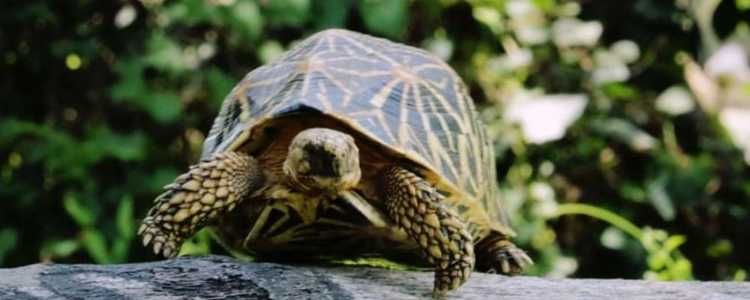
The shells of the turtles and tortoises differ, assisting them in their respective habitats; the top part of the turtle’s shell is streamlined and short to make swimming easy, while the tortoise has a thicker shell for its protection on land. Turtles have broad, flattened flippers facilitate swimming greatly but make it very difficult for females to move on the beaches where they come back to nest, while tortoises have short cylindrical limbs.
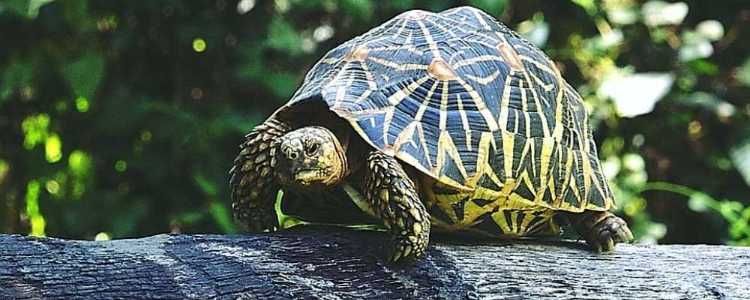
Living entirely in the ocean, with huge migration paths, the males turtles never come ashore once they enter the sea as hatchlings. Only the females do, back to the same beach, for the sole purpose of making their nests and laying dozens of eggs after mating at sea. As per the individual and species of turtle, the number of eggs laid varies. Once the eggs are laid and are covered with sand, the female moves back to the sea, never to return. The trail left by its flippers helps predators such as stray dogs, crabs, birds, monitor lizards and even humans to locate the position of the nest. Thus, out of the dozens of eggs that are laid by each turtle, only one or two hatchlings survive into adulthood. Great White Sharks, Tiger Sharks and Orcas are known to prey on adult sea turtles. According to the WWF, among the sea turtle species that nest in Sri Lanka, Olive Ridley is categorized as vulnerable, Loggerhead and Green as endangered, and Leatherback and Hawksbill as critically endangered.
The sole reason behind this level of endangerment is human activity, because turtles are hunted for their meat and eggs, which are considered to be a delicacy and their shells are used to make ornaments. Unorganized coastal developments and climate changes are also contributing factors. As per the Kosgoda Sea Turtle Conservation Project, the poaching of turtles or their eggs with the intention of creating delicacies is greatly reduced, but poaching is still consistent for the purpose of tourist attraction. Some of the many turtle hatcheries lining the southern coastal belt of the island offer money to turtle egg collectors in order to ensure a constant stream of visitors to their establishments. Despite the Sri Lankan law protecting all sea turtles and their eggs, poverty and unemployment still drives many people to these extremes of poaching. Nevertheless, measures are being taken to educate and create awareness to safeguard these creatures.
The star/starred tortoise is found in the drier parts of the island, most often in the sand dunes, parklands and scrub jungles of the north-western, north-central, eastern and Northern provinces. The female tortoise lays eggs twice or thrice a year. These species are greatly reducing in number too because of the clearance of forest habitats for development and poaching for their meat and to be traded as pets. Like in the case of the sea turtles, measures are taken by the Fauna and Flora Protection Ordinance to safeguard the star tortoise.
Image Credit - Institute of Dry Zone Ecology & Environmental Studies

